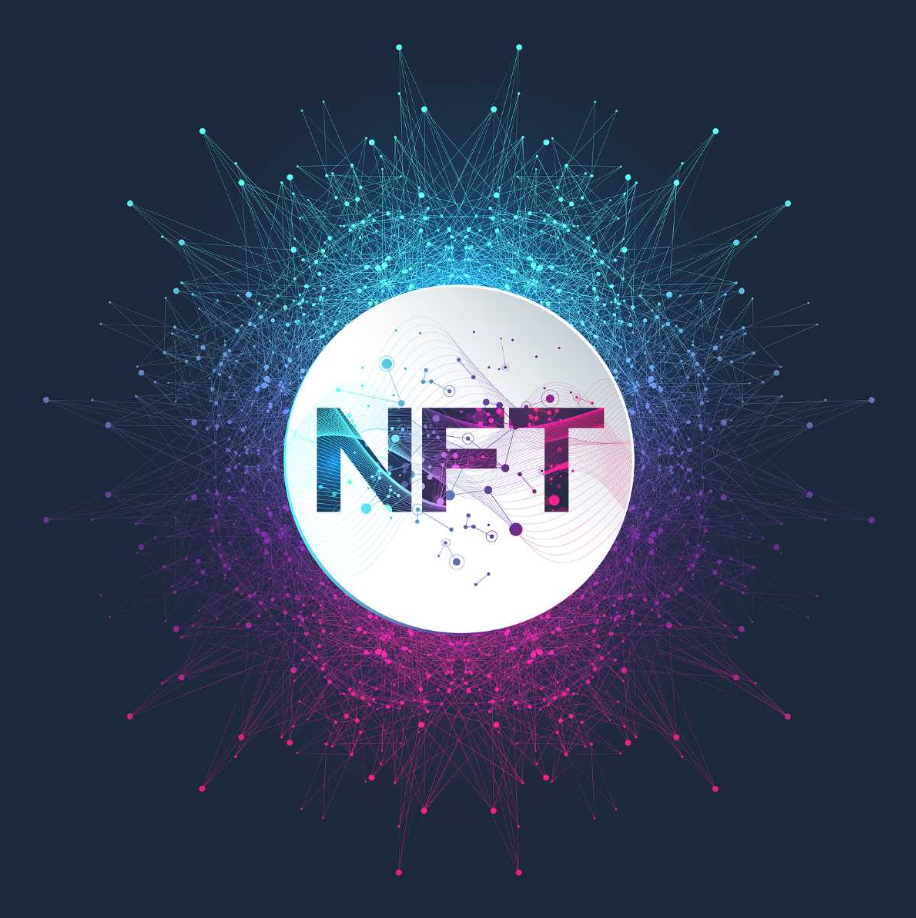In the dynamic world of blockchain technology, the term "scalability" often buzzes around, pointing to a pivotal challenge that traditional blockchains grapple with. As the world witnesses an unprecedented surge in the use and application of decentralized applications (dApps) and cryptocurrencies, the inherent constraints of conventional blockchains like Bitcoin and Ethereum become hard to ignore. Here, layer-2 scaling solutions present themselves as the beacon of hope, ensuring that the blockchain ecosystem thrives without being bogged down by its own limitations.
Unraveling the Knots of Blockchain Scalability
Let's begin by understanding what we mean by blockchain scalability. In simple terms, it's the capability of a blockchain network to efficiently handle a surge in transaction volumes. But why is this even a challenge? This is where the architectural decisions of classic blockchains come into play.
- Throughput Limitations: Most blockchain networks have a capped transaction-per-second (TPS) rate. When the demand for processing transactions spikes, these networks get overwhelmed, leading to inevitable delays and congestions.
- Escalating Transaction Costs: With rising demand, there's a scramble for block space. This drives transaction fees northward, making it costly for users.
- Prolonged Confirmation Times: The more congested the network, the longer users have to wait for their transactions to be verified and added to the blockchain.
Zooming into Layer-2 Techniques
Layer-2 scaling techniques are the knights in shining armor here, addressing these challenges head-on.
- State Channels: These are private pathways where participants can transact away from the main blockchain. Picture it as opening a tab at a bar. You can order many drinks throughout the night (multiple transactions), but the bar only calculates and charges you when you decide to close the tab (settles the final state). So, instead of logging each drink (transaction) individually, the final state is updated on the main blockchain.
- Payment Channels: A subset of state channels, they are streamlined for speedy and frequent monetary transfers. The Lightning Network, which acts as a catalyst for Bitcoin’s scalability, operates on this very principle.
- Sidechains: Think of these as parallel running blockchains that can communicate with the main blockchain. They're like siblings to the mainchain, able to operate independently yet stay connected. These sidechains can host faster, more affordable transactions, and when needed, the outcomes can be synchronized back to the primary blockchain.
The Layer-2 Advantage
Why are layer-2 solutions garnering so much attention? The benefits they offer are transformative.
- Scalability: They supercharge blockchains, enabling them to handle exponential transaction loads. As more enterprises and individuals join the decentralized world, this scalability is integral to maintain efficiency and functionality.
- Cost-Effectiveness: Off-chain transactions relieve the primary blockchain from undue stress. This decentralized approach to handling transactions ensures that fees stay minimal, which is a boon especially for small transactions.
- User Experience: Imagine a world where blockchain interactions are swift, seamless, and cost-effective. That's the world layer-2 solutions promise. This is crucial to retain and grow the user base, ensuring that users don’t get disillusioned due to slow speeds and high fees.
Layer-2 in the Real World
The practical applications of layer-2 solutions are manifold and transformative.
In finance, decentralized exchanges using layer-2 solutions can offer their users swift and affordable trading experiences. Gamers can create and trade non-fungible tokens (NFTs) without worrying about prohibitive costs. And these are just the tip of the iceberg. Industries like supply chain management, voting systems, and even digital identity verification could be revolutionized by integrating layer-2 solutions.
Final Thoughts
The evolution of blockchain technology demands innovative solutions to address its inherent challenges. Layer-2 scaling solutions are at the forefront of this evolution, ensuring that as the world increasingly adopts blockchain, the technology itself doesn't become its bottleneck. By offering enhanced speeds, reduced costs, and a superior user experience, layer-2 solutions are setting the stage for the next chapter in blockchain’s story — one of mass adoption and limitless possibilities.







